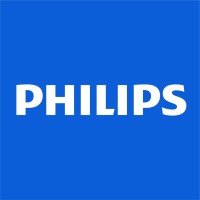
Philips
Over the past decade we have transformed into a focused leader in health technology. At Philips, our purpose is to improve people’s health and well-being through meaningful innovation. We aim to improve 2.5 billion lives per year by 2030, including 400 million in underserved communities. We see healthcare as a connected whole. Helping people to live healthily and prevent disease. Giving clinicians the tools they need to make a precision diagnosis and deliver personalized treatment. Aiding the patient's recovery at home in the community. All supported by a seamless flow of data. As a technology company, we – and our brand licensees – innovate for people with one consistent belief: there’s always a way to make life better. Visit our website: http://www.philips.com/ Follow our social media house rules https://www.philips.com/a-w/about-philips/social-media.html






